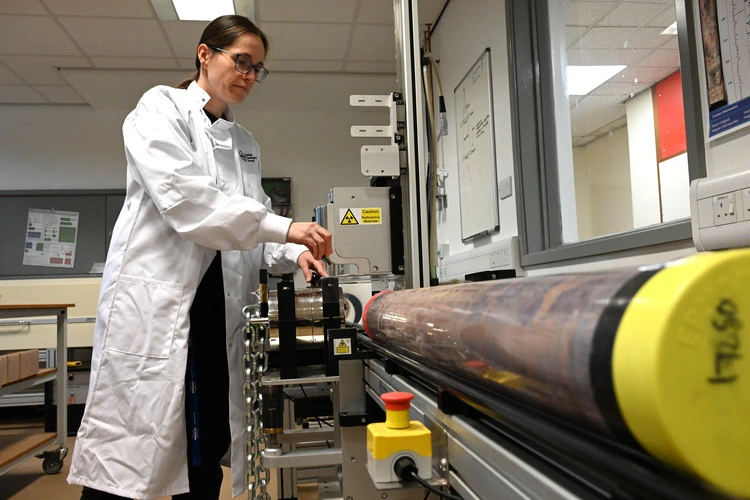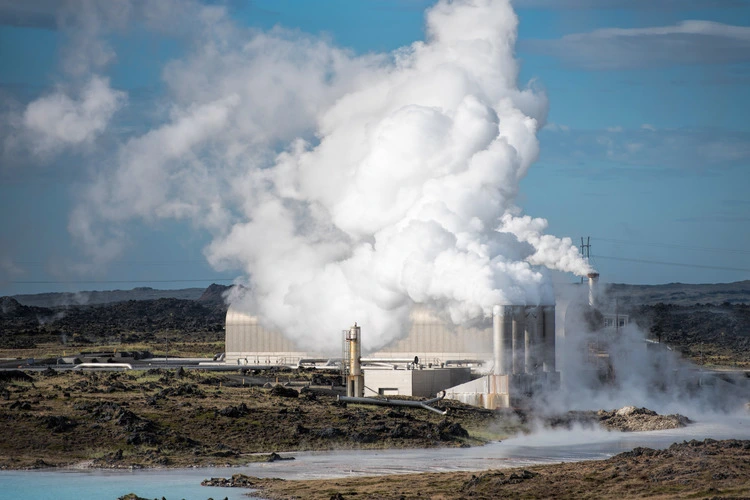
Detailed scan of Mercia Mudstone rocks could help further understand how the UK can strive for net zero goal
By
Deep below the ground of much of central and southern England lie the rocks of the Mercia Mudstone Group, deposited at the same time that the first dinosaurs walked on land between 200 and 250 million years ago. Today, these rocks form the basis upon which many urban areas and their infrastructure are built – and are the current keen focus of researchers at The British Geological Survey (BGS).
Enjoying this article? Check out our related reads:
A recent scan conducted by BGS of rock cores from the Mercia Mudstone Group is hoped to provide a fascinating and deeper insight into our understanding of a vital net-zero energy source and alternative to fossil fuels: ground-source heat pump technology.
Currently, geothermal energy – any heat energy derived from the Earth’s ground, at depths of a few metres to several kilometres – is not fully utilised in the UK to meet the country’s net-zero goals, despite it being a viable natural energy source available to use 24/7, regardless of weather conditions.
Scanning rock cores is a relatively non-destructive way in which scientists can quickly glean information and further understand the implications of using alternative sources like geo-thermal energy and heat pumps.
And since Mercia Mudstone underlies much of the UK, the findings from this recent scan will be applicable to a large range of planned geothermal installations and geo-energy technologies.

A rise in popularity
At the moment, heating contributes toward one-third of the UK’s total energy consumption – and as 80 per cent of domestic heating still relies on planet-polluting gas boilers, heating is responsible for almost 17 per cent of the country’s total carbon emissions. This is something that researchers hope will change as knowledge of how to harvest geothermal energy on increasingly larger scales in the UK deepens.
However, although there is still progress to be made in understanding green tech, geothermal energy is quickly becoming a more desirable alternative energy source to fossil fuels in the country.
Already, the BGS is making in-roads in its own geothermal project, a £1.8 million government-funded installation of a ground-source heat pump system at their headquarters in Keyworth, Nottinghamshire.
Upon completion in 2025, the project will act as a ‘living laboratory’, featuring technology that can share data in real-time to increase the public’s understanding of ground-source heat pumps and how they can be an effective solution for heating both new and existing buildings in the UK.
Elsewhere in the UK, utilising heat from the ground is an energy source favoured by Bradford, which is underway with its £75 million Bradford Energy Network project across three organisations in the city. Rather than using singular heat pumps for each company or business, the project is creating a network between businesses that can easily be scaled up to include others – and is hoped to help the city reduce its carbon emissions from heat by 80 per cent.




